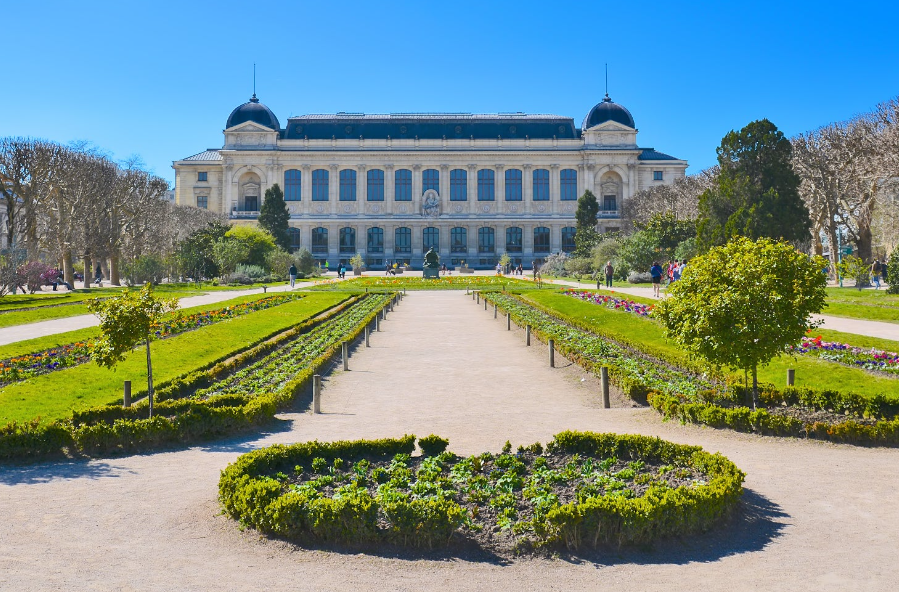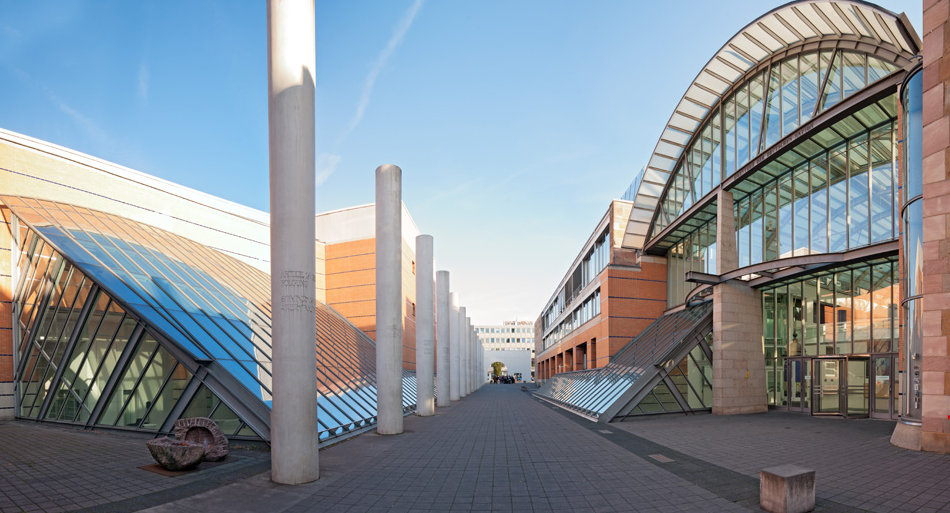The India National Museum, located in the heart of New Delhi, is a reflection of India as a country with a rich cultural heritage and a diverse history that has evolved over thousands of years. The museum is showcasing some of the most significant artifacts and artworks that represent the country’s history and culture. In this article, we will explore the fascinating history and unique features of the India National Museum.
The India National Museum, also known as the National Museum of India, is a premier institution in the country dedicated to the preservation and display of the country’s cultural heritage. Established in 1949, the museum is located in the capital city of New Delhi and is one of the largest museums in the country, with a collection of over 2,00,000 artifacts.
History of the India National Museum
The India National Museum was established in 1949 by the Government of India, with the objective of preserving and showcasing the cultural heritage of the country. The museum was originally housed in the Rashtrapati Bhavan, the official residence of the President of India, and was later shifted to its current location in Janpath, New Delhi. Over the years, the museum has expanded its collection and has become a premier institution in the country for the study and display of Indian art and culture.
Location and Architecture of the India National Museum
The India National Museum is located in the heart of New Delhi, near the India Gate and the Parliament House. The museum is housed in a majestic building with a blend of Indo-Saracenic architecture, designed by the British architect Sir Edwin Lutyens. The building is spread over an area of 10 acres and has 3 floors, with a total exhibition space of over 90,000 square feet.
Collection and Exhibitions of the India National Museum
The India National Museum has a vast collection of artifacts that represent the country’s rich and diverse cultural heritage. The collection includes art objects, archaeological artifacts, manuscripts, coins, textiles, weapons, musical instruments, and many more. The museum has a total of 14 galleries, each dedicated to a particular period or theme in Indian history and culture. Let us explore some of the notable galleries in the museum:
Gallery 1: Pre-Historic Archaeology
This gallery displays artifacts from the prehistoric period, dating back to the Stone Age. The collection includes stone tools, pottery, and other artifacts from different regions of the country.
Gallery 2: Indus Valley Civilization
This gallery showcases the artifacts and artworks from the Indus Valley Civilization, one of the earliest urban civilizations in the world. The collection includes pottery, seals, jewelry, and much more.
Gallery 3: Harappan Civilization
This gallery focuses on the Harappan Civilization, which flourished in the Indus Valley between 2600 BCE and 1900 BCE. The collection includes terracotta figurines, stone sculptures, and pottery, among other artifacts.
Gallery 4: Maurya, Shunga, and Satavahana Period
This gallery displays artifacts from the Maurya, Shunga, and Satavahana periods, which were characterized by the emergence of powerful dynasties in ancient India. The collection includes stone sculptures, pottery, and coins.
Gallery 5: Gupta Period
This gallery showcases the artifacts and artworks from the Gupta period, which is considered a golden age in Indian history. The collection includes stone sculptures, terracotta figurines, and coins.
Gallery 6: Medieval India
This gallery displays artifacts from the medieval period in India, which saw the emergence of various kingdoms and empires. The collection includes miniature paintings, textiles, and arms and armor.
Gallery 7: Miniature Paintings
This gallery focuses on miniature paintings, which are a unique art form in India. The collection includes paintings from various schools of art, such as the Mughal, Rajasthani, and Pahari.
Gallery 8: Decorative Arts
This gallery displays decorative arts from different parts of the country, such as woodwork, metalwork, and ivory carving.
Gallery 9: Textiles and Weaving
This gallery showcases the rich tradition of textiles and weaving in India, with a collection of textiles from different regions of the country, such as silk, cotton, and wool.
Gallery 10: Manuscripts and Calligraphy
This gallery displays rare manuscripts and calligraphic works, including the world-famous Gandhara Scrolls.
Gallery 11: Coins and Currency
This gallery showcases the history of coins and currency in India, with a collection of ancient coins and paper currency.
Gallery 12: Musical Instruments
This gallery focuses on the rich tradition of music in India, with a collection of musical instruments from different parts of the country.
Gallery 13: Arms and Armor
This gallery displays arms and armor from different periods in Indian history, including swords, shields, and armor.
Gallery 14: Anthropology
This gallery showcases the diversity of Indian culture, with a collection of ethnographic objects from different parts of the country, such as masks, costumes, and ornaments.
Importance of the India National Museum
The India National Museum is an important institution in the country, as it plays a crucial role in preserving and promoting the country’s cultural heritage. The museum’s vast collection of artifacts represents the rich and diverse cultural traditions of the country, and serves as a valuable resource for researchers, scholars, and the general public. The museum also organizes exhibitions and educational programs to promote awareness and understanding of Indian art and culture.
Visiting the India National Museum
The India National Museum is open to the public from Tuesday to Sunday, from 10:00 AM to 6:00 PM. The museum is closed on Mondays and national holidays. The entry fee for Indian nationals is Rs. 20, while the fee for foreign nationals is Rs. 650. The museum also provides audio guides and guided tours for visitors.
FAQs
- What is the India National Museum?
The India National Museum is a premier institution in the country dedicated to the preservation and display of the country’s cultural heritage.
- What are the galleries in the India National Museum?
The India National Museum has 14 galleries that display various artifacts, including sculpture, painting, textiles, and decorative arts, among others.
- What is the significance of the India National Museum?
The India National Museum is an important institution that preserves and promotes India’s cultural heritage, serving as a valuable resource for researchers, scholars, and the general public.
- What is the entry fee for the India National Museum?
The entry fee for Indian nationals is Rs. 20, while the fee for foreign nationals is Rs. 650.
- Are guided tours available at the India National Museum?
Yes, the museum provides audio guides and guided tours for visitors.
Conclusion
In conclusion, the India National Museum is an important institution that showcases the rich cultural heritage of the country through its vast collection of artifacts. The museum’s galleries provide a comprehensive view of India’s art, culture, and history, from the prehistoric times to the medieval period and beyond. The museum serves as a valuable resource for researchers, scholars, and the general public, promoting awareness and understanding of India’s diverse cultural traditions. Visitors can explore the galleries, attend exhibitions and educational programs, and experience the rich cultural legacy of India at the India National Museum.
References
- Official website of the National Museum: https://www.nationalmuseumindia.gov.in/
- “The National Museum in New Delhi” by Catherine B. Asher in Art Journal, Vol. 39, No. 3 (1979): https://www.jstor.org/stable/776316
- “The National Museum: A Guide to Collections” by Vinod Kumar Sharma and Chandramani Singh in Marg, Vol. 53, No. 4 (2002): https://www.jstor.org/stable/43315766

